Fujifilm Equipment for Wildlife Imaging: An Evolving and Compelling Choice for Serious Photography
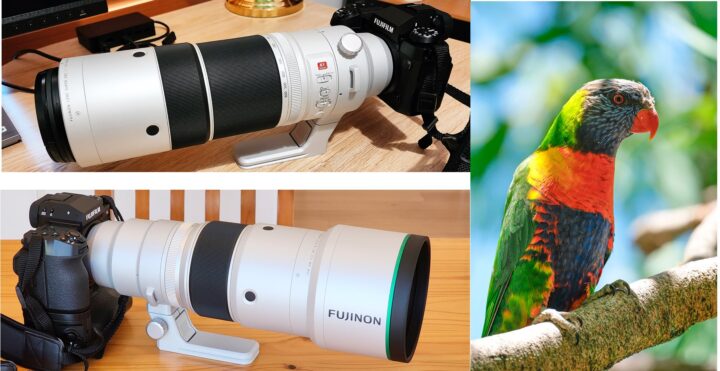
guest post by Mark Lucock
www.marklucock.com
Fujifilm Equipment for Wildlife Imaging: An Evolving and Compelling Choice for Serious Photography
My photographic journey began many years ago with Fuji’s GX617 6x17cm panoramic and GSW690 6x9cm cameras, using ISO 50 medium format 120 Velvia film. I then moved on to Canon EOS equipment for several years. However, in 2016/17 I moved back to Fuji and have been using their equipment ever since the X-T1. You can find out more about me and my photography at www.marklucock.com
Up until recently my photographic life was very straightforward, I used Fuji gear for all my landscape photography of the natural and urban worlds, but fell back to my Canon equipment for wildlife photography. The Canon 300mm, 400mm and 100-400mm f/4.5-5.6L IS USM II lenses were my staple for birding.
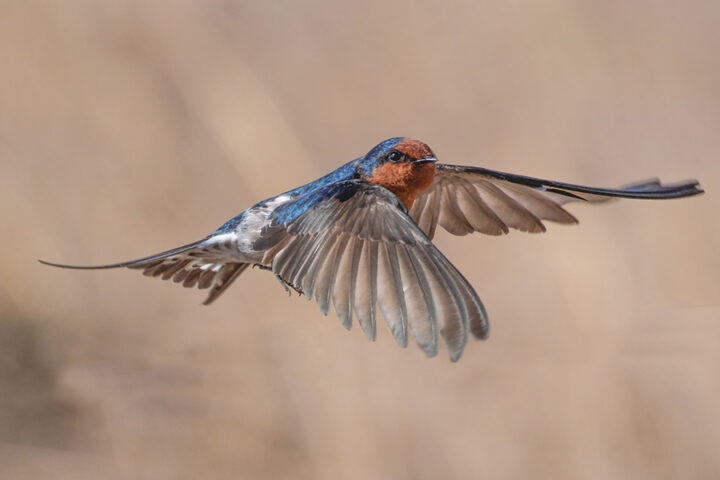
Photographic life for me and many others has now changed thanks to Fujifilm’s new repertoire of high-end telephoto optics, and I’m really grateful to Patrick at FujiRumors for inviting me to write this Guest Post on how Fujifilm has adapted its equipment portfolio to arm nature and wildlife photographers with some truly remarkable glass.
From the inception of the Fuji-X system, the company has succeeded in producing some really high-quality, industry leading lenses. The acid test is always how good large prints are and while Fuji-X is only APS-C format, prints can be astoundingly good and are as good as you are ever likely to need. Add to this that the X system is a small and light weight set up, unobtrusive, and unashamedly retro, and you have a winning combination. BUT, while this kind of set up is ideal for lifestyle (portraits, weddings etc), landscape, macro and certain other genres, it is quite a departure to use this system for bird photography, a genre that is associated with huge, ridiculously expensive, heavy white lenses. True, the Fujifilm XF 100-400mm f4.5-5.6 R LM OIS WR is a great lens for birding; however, it is also a big, fairly heavy lens, and 400mm (even on APS-C) can be limiting in terms of reach for smaller birds.

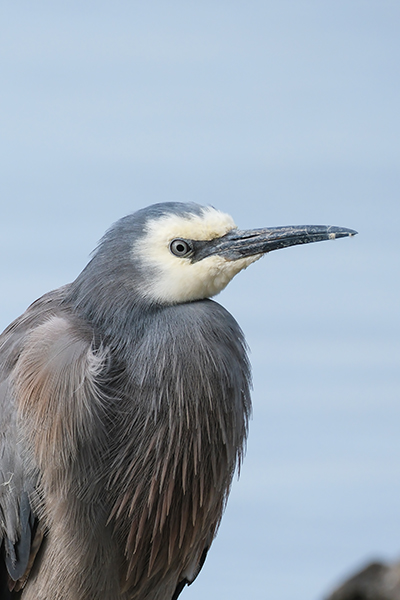
Everything changed for Fujifilm users who have a passion for wildlife/bird photography with the release of the Fuji X-H2 and X-H2s bodies and the Fujifilm XF 150-600mm f/5.6-8 R LM OIS WR lens followed more recently by the remarkable Fujifilm XF 500mm f/5.6 LM OIS WR lens. These four items are “manna from heaven” for serious wildlife photographers. Suddenly, Fujifilm was offering a true, fully fledged professional system that takes seriously good images. Most importantly, the pre-shot mode and electronic shutter (40 FPS) made Birds in Flight (BIF) photography reasonably simple. My aim with this article is therefore to show how these four items are a game changer for bird photographers and therefore through being a compelling choice for serious wildlife/bird photography, are in themselves a game changer for Fujifilm itself. You can read my individual reviews on the Fujifilm XF 500mm f/5.6 LM OIS WR lens and Fujifilm XF 150-600mm f/5.6-8 R LM OIS WR lens on my website.
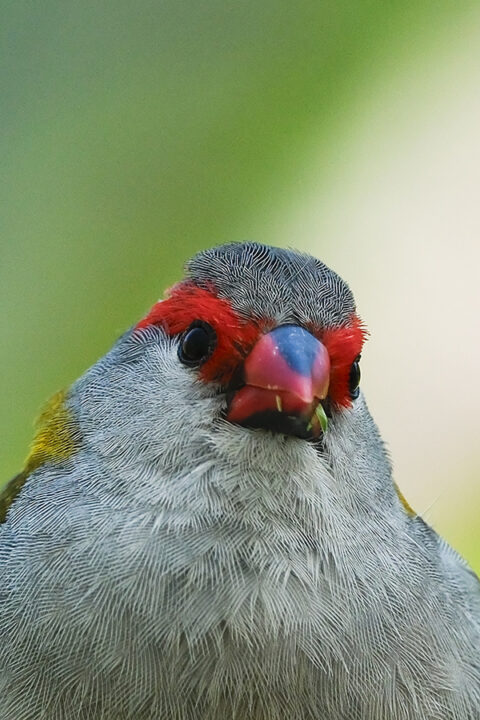
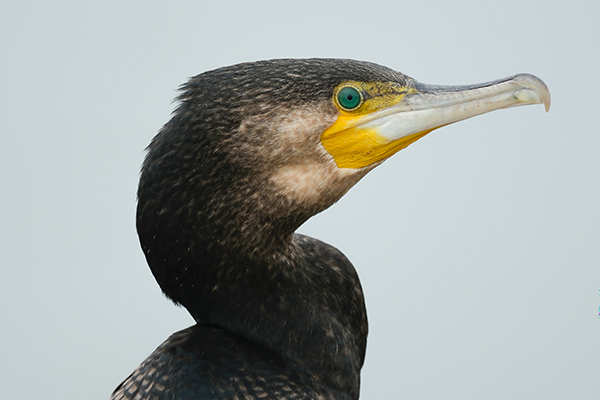
One of the main objectives of this article is to compare these two amazing Fujifilm optics- the XF 150-600mm f/5.6-8 R LM OIS WR and XF 500mm f/5.6 LM OIS WR lenses. I can imagine many people will be scratching their heads trying to decide which one they need for their particular type of photography. I have now been using both for several months and hope that I can offer some useful advice. I have already done a direct field and technical comparison of the XF 150-600mm f/5.6-8 R LM OIS WR lens with the Canon EF 100-400mm f/4.5-5.6L IS USM II lens for those that are interested, but I feel sure that the biggest appeal is likely to reside in a direct comparison of the two Fujifilm lenses.
The 150-600mm zoom statistics/observations
The Fujifilm XF 150-600mm f/5.6-8 R LM OIS WR lens has a long range being equivalent to 225-900mm (officially 229-914mm) in FF. It is not particularly heavy at 1605g, although carry it around for an hour or so and you’ll know about it. It has a length of 314mm. It has internal focusing that gets you to 2.4 meters from your subject with a reproduction ratio of 0.24x – perfect for small birds. The biggest issue for most people is that it is a fairly slow lens at f/5.6-8.0.
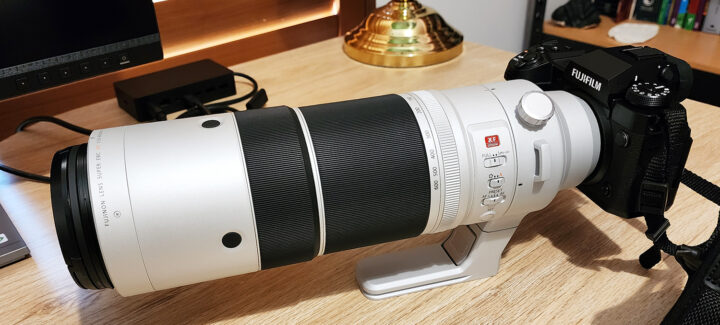
It has a fantastic rotatable and removable tripod foot to hold for better stability, plus the Fuji camera bodies I use are wonderfully small making for an easy to hold and transport combo. Using the X-H2, I can add to the 900mm length by having a denser pixel density to crop into – very useful for shooting small birds. The fact that the Fuji is fairly slow at 600/900mm (f/8.0) is offset by the incredibly efficient image stabilisation built into the Fuji lens. This is further amplified by the in-body stabilisation of the X-H2 – collectively it works a treat.

The Fuji X-H2 has a nice balance to it with its camera grip (VG-XH) attached to help facilitate vertical shots and help maintain power continuity during long birding sessions. The one thing that stood out for me was that while I have often used flash for fill lighting and “pop”, this seemed less necessary on the Fuji system due to the exemplary stabilisation, even at 900mm! In fact, I pretty much use this lens exclusively at 900mm. Bottom line – 900mm is a ridiculous focal length to be able to use in reasonable light and still get sharp images. I take my hat off to Fujifilm engineers.
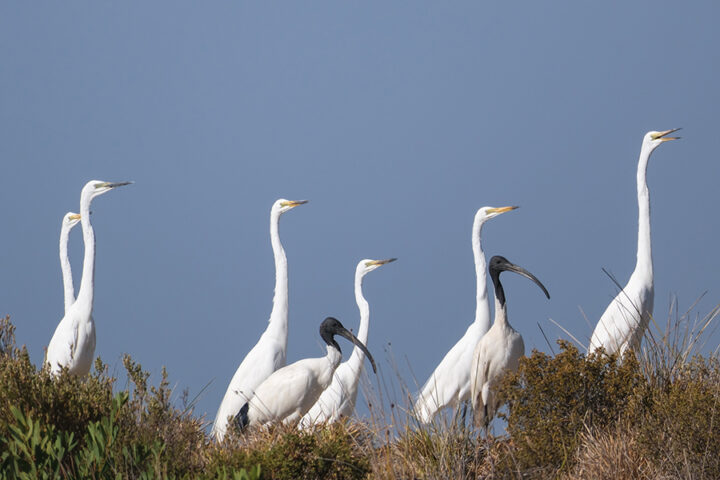
If I have one major criticism of the Fuji lens, it is that the image stabilisation can cause the subject to jump about in the frame, especially small birds at 900mm. I also find it too easy to accidentally alter settings on the X-H2. For example, the focus settings shift because I catch the wrong button. This is a general Fuji X-H2(s) gripe, exacerbated by using the grip, which doubles up on buttons. In terms of build/solidity, I’d give the Fuji zoom 9/10.
The lens is weather sealed and has a fluorine coat on the front element, but my advice would be to buy a good quality protective filter (82mm) as this lens does have a high probability of impact as you wend your way through rocky gorges and dense wooded areas. I don’t often bother with a lens hood – 95% of the time they’re more nuisance than use. For what it’s worth, I have a Hoya UV HD filter attached, and it has no impact on the image quality as far as I can see.
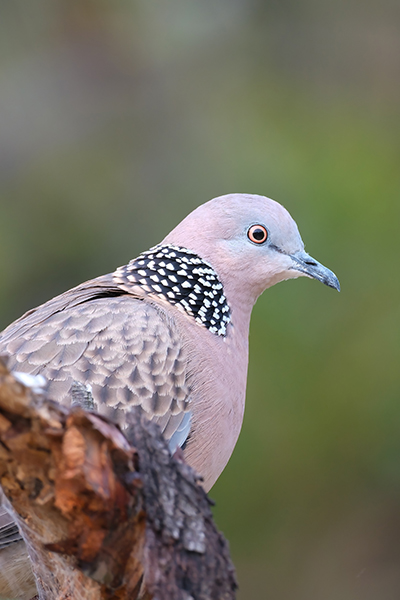
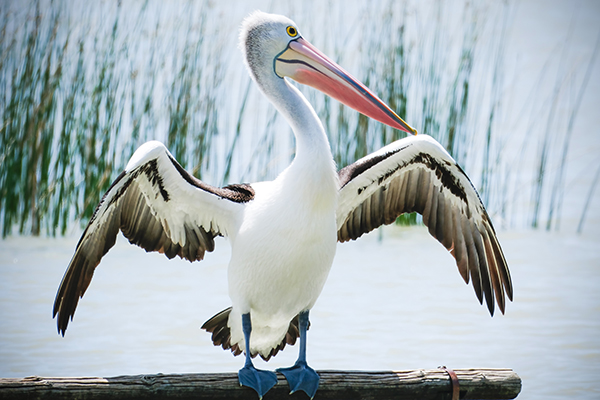
The 150-600mm zoom lens should not be considered in isolation. I use it on the Fuji X-H2, and its performance depends on the body and it’s focusing algorithms, the distance/environmental condition coefficient and your skill and technical expertise as a photographer. This point is also true for the 500mm prime lens on my Fuji X-H2s body. This is perhaps one of the most important points for prospective owners of either lens. This is one aspect that I’m not too happy about, but it’s partly down to nature. If you use the lens to shoot distant scenes, then you may encounter softer images. The softness is a particular problem on warm/hot days where haze and heat convection can undermine an image due to telephoto compression of this physical phenomenon. Clearly, many people are disappointed by this, but you’ll get this problem with the best telephoto lenses that are available today, so get used to working around this nuisance. Don’t let this issue take anything away from either lenses ability to shoot incredibly sharp birds. Many people think there is something faulty with their lens – just look at the wavy legs of distant waders and you’ll soon realise it’s an atmospheric and not an optical problem.
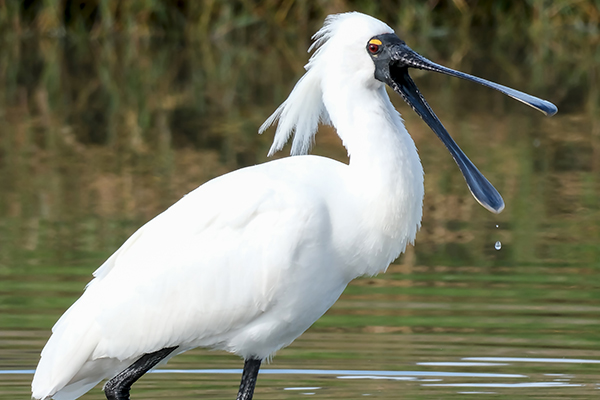
In terms of the camera focus and tracking algorithms, I recommend you use bird detection. I also sometimes use the centre focus point alone, but despite past concern regarding focusing/tracking algorithms on Fuji firmware updates on the X-H2s, I think the camera does an excellent job of nailing bird focus using a combination of either;
a) Birds on a Stick; Bird Detection On, Aperture Priority, ISO 500, 5×5 Centre Box Focus Area, AF-C, Zone AF Mode, Custom Set 1 (2/0/auto), Mechanical Shutter, 3 FPS.
b) Birds in Flight; Bird Detection On, Shutter Priority (1/2500-1/4000*), ISO 1250-2500, 5×5 Centre Box Focus Area, AF-C, Zone AF Mode, Custom Set 2 (3/0/centre), Electronic Shutter, 40 FPS**, Pre-Shot Engaged
*I consider 1/3200 the best optimal speed
**On the Fuji X-H2, I’d use 13 FPS for BIF
There is plenty of scope to experiment, but these settings work well for both of the Fuji lenses.
The 500mm prime statistics/observations
Quite frankly, this is probably the best lens I’ve ever used, and is, as far as I can tell, optically perfect. It was hand in glove made for the Fuji X-H2s body and performs brilliantly in the field.
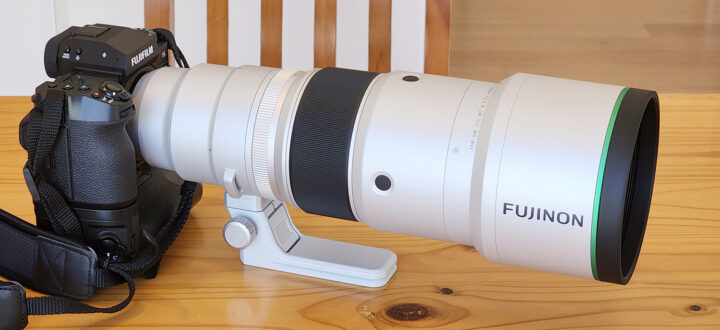
Okay, so now you know the bottom line – it’s all pro’s and no cons. Well, there are two cons, which I’ll deal with first so we can concentrate on all the good stuff without distraction. My biggest gripe is that you will need an expensive 95mm filter to protect the front element (around $200 USD). Don’t buy a cheap one, go for the best as you don’t want to compromise this lenses wonderful, dare I say perfect, optical potential. I’m using the B+W 95mm T-PRO Clear Filter. It’s first class optically and will protect the native fluorine coated front element. Some may not bother given the fluorine coat, but I think that’s fool hardy. The second con is not a particularly big issue but is worth mentioning. The lens has a somewhat loose, but smooth aperture ring (I’ve moved it accidentally almost every time I’ve used it). This isn’t a make-or-break issue, but if you’re thinking of buying this lens, you should be aware of this point.
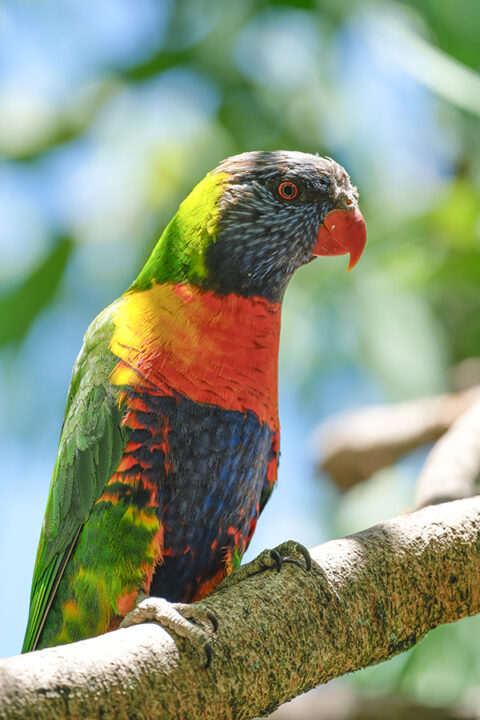
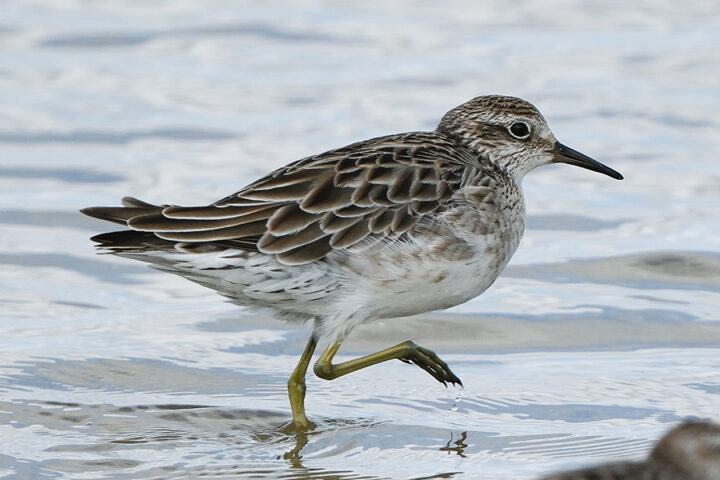
At 500mm on the APS-C format, it represents 750mm in full frame equivalence (762mm actually). This is perfect for bird photography and also plants/flowers and animals. It has 21 elements (5 are extra-low dispersion [ED] glass and 2 are super ED glass) in 14 groups and can focus nice and close for small birds etc at 2.75 meters (0.20x reproduction). It has a fast linear motor for focusing (focusing is internal), but two of the best aspects to this lens are the 5.5 stops of stabilisation which works in tandem with the stabilisation in the camera body and the weight. This lens is so light, it’s hard to believe. The lens is only f/5.6, but it is still a very light weight for this aperture. It weighs only 1,335 g and is 104×255 mm in size, so for this genre of lens it is very compact. It is very well built, weather resistant and feels robust and I think it should be able to take a lot of stick out in the field.
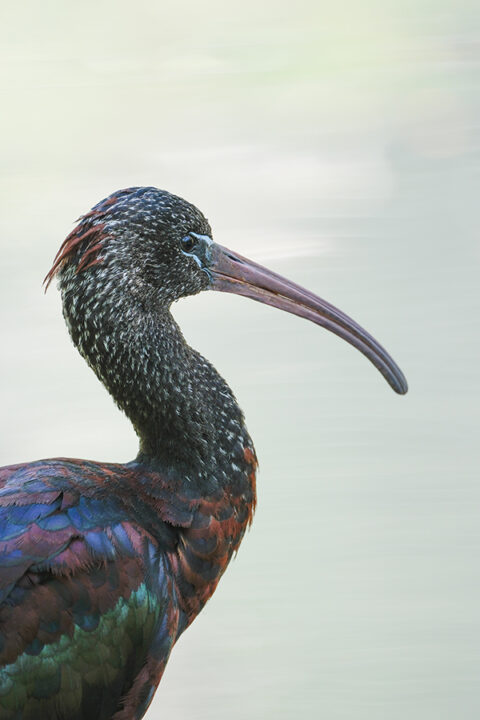
It has 9 aperture blades, so is capable of achieving a really lovely bokeh. I have to add the caveat that when shooting birds with a messy background of twigs and leaves, don’t be disappointed when you see the busy, nervous out of focus zone. If you get a more distant, harmonious background the bokeh is mostly outstanding.
F/5.6 will give the best bokeh, but in all honesty, after many hours of pixel peeping, I’ve come to the conclusion that while bokeh is best at f/5.6, sharpness is there at f/5.6 and there is no sharpness benefit in narrowing the aperture beyond f/5.6. Of course, selecting a narrower aperture may be beneficial in increasing depth of field, something that can help with birds in flight photography where autofocus tracking or panning can lead to inaccurate focus. Additionally, I could not see any chromatic aberration and no flaring in bright light.
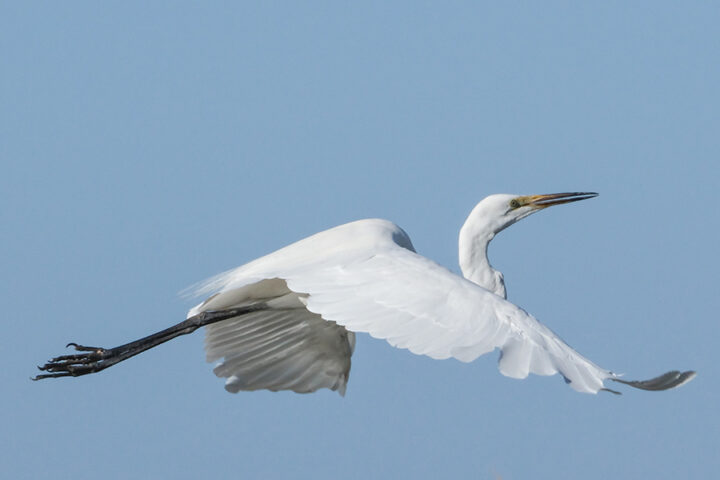
Many of us impoverished photographers have grown up seeing our fellow photographers wielding large white prohibitively expensive lenses to catch wildlife. I know I’ve always been envious of these lucky shooters. Well, now it has become a far more affordable proposition for the masses. Okay, so the lens isn’t exactly cheap, but for what it offers (in build, optics, utility), it is the bargain of the year. It’s as capable and optically good as anything out there. So, I’d actually suggest that the price is a pro and not a con!
In the field, this lens is a joy to use. It shines when it comes to larger birds such as waders and other water birds. Results are always bitingly sharp, with great clarity and colours. The focal length allows you to fill the frame with the whole bird or even gain a full head shot for birds such as cormorants and herons. It is perfect for birds in flight allowing space for take-off. The Fuji X-H2s is really fun to use for this. I opt for pre-shot ES at 30 or 40 fps using around ISO 2500 and 1/3200 sec in shutter priority and bird detection (see above for full repertoire of settings), although my usual approach when I’m not doing BIF is MS 3 fps and aperture priority (f/5.6) at ISO 500 which works well most of the time when the camera is set to bird detection. The detail you can capture with this lens is simply shocking – tack sharp doesn’t seem an adequate descriptor.
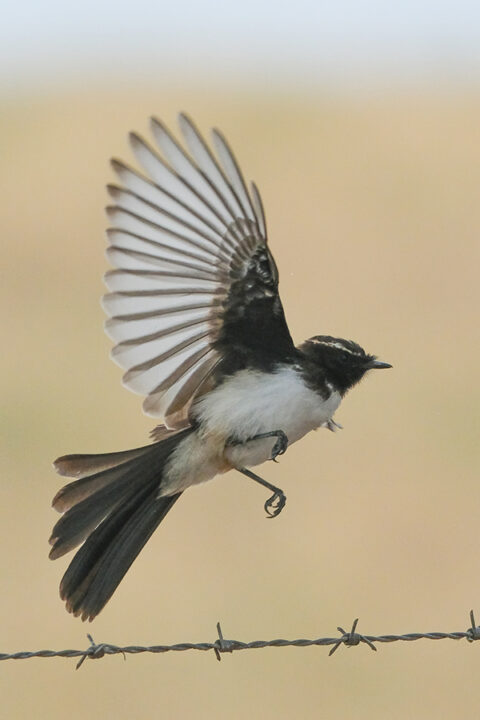
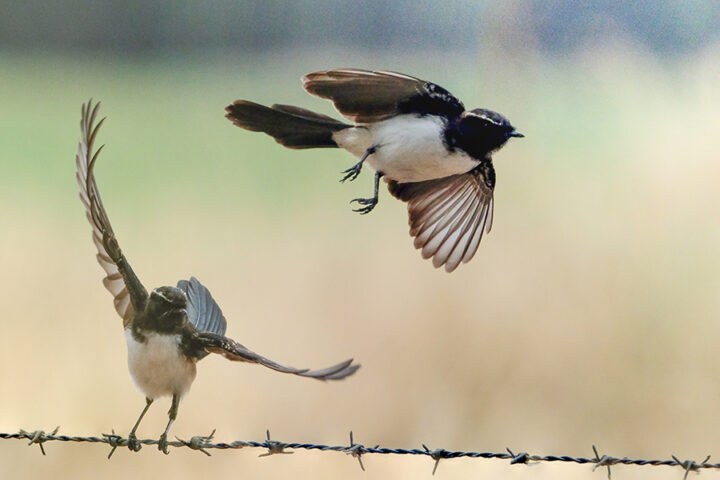
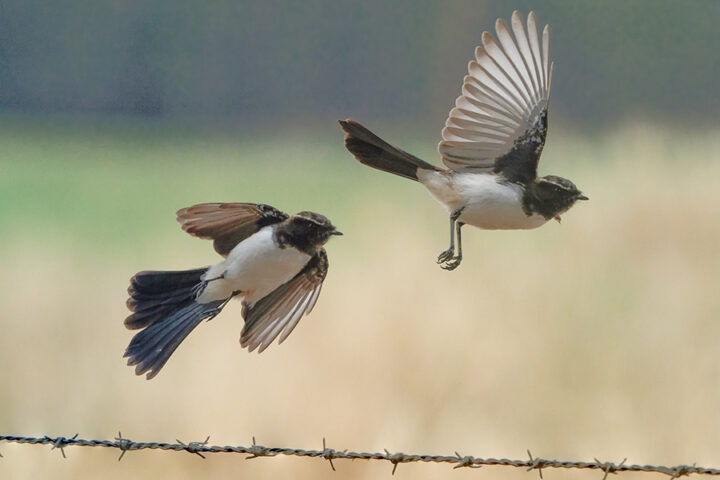
Both the zoom and the 500mm have a superbly designed tripod foot, but you’ll quickly realise that with the 500mm lens you don’t really need a tripod at all. The stabilisation is so good and the lens so easy to hold that a tripod would be far to limiting. Also, BIF photography would be compromised with a tripod. The tripod foot is really helpful in carrying the lens around, and is welcome for that alone.
Which of these two lenses should you buy – The Fujifilm XF 500mm f/5.6 LM OIS WR or XF 150-600mm f/5.6-8 R LM OIS WR Lens?
I imagine that many Fuji wildlife enthusiasts are giving this question some thought and maybe losing some sleep over the issue. Hopefully this article and what follows will help you decide which way to lean.
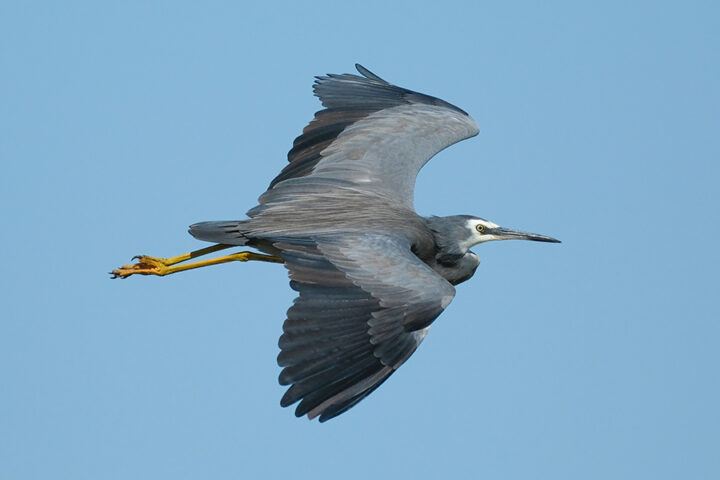
There are a few things to consider. The first thing I feel is perhaps the most important – that is to say, which is the sharpest lens. Well, in my humble opinion, at 500mm and f/5.6 on the prime and 600mm and f/8.0 on the zoom, I cannot tell the difference between lenses in terms of sharpness (pixel peeping at 100% in Adobe Photoshop). If you are shooting a small garden bird, both lenses will produce an equally sharp and impressive image. It maybe that if you look at resolution charts you will see a difference, but in the real world, consider them equivalent at the settings above. It’s not just that at 600mm vs 500mm and full aperture, no or little difference in sharpness exists, it’s also that, as far as I can see – at full aperture, each lens is as good as it gets – there is no real advantage to shutting the aperture down, other than to improve depth of field.
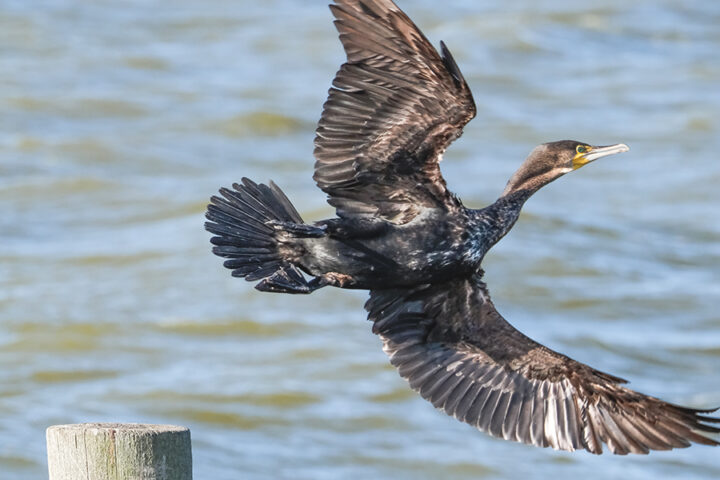
If you are shooting BIF, then the zoom may have a slight advantage – it took me a while to realise that it is very useful to be able to zoom out enough to allow successive high-speed frames to include the bird as it takes off. If you fill the frame with the bird and wait for it to take off, you’ll probably end up with only a fraction of the bird in frame – far better to then zoom out so the frame can accommodate at least a couple of shots of the bird in flight, with 100% of the bird showing within the frame. So, I think the zoom makes framing and shooting BIF a bit easier. That’s not to say shooting with the 500mm prime lens is problematic – its not, it is an excellent BIF lens (the wider aperture helps force a faster shutter speed).
For me, the real deal breaker in choosing between these two lenses is the weight. The 500mm prime is noticeably lighter and easier to carry than the 150-600mm zoom. It is also better balanced and smaller. This factor matters in wildlife/bird photography where you are often hiking, even clambering through difficult terrain. Put simply, working with the 500mm prime is just so much easier.
Both lenses can deliver great bokeh, but If I had to make a choice, I’d have to say that the XF 500mm f/5.6 lens is the winner.
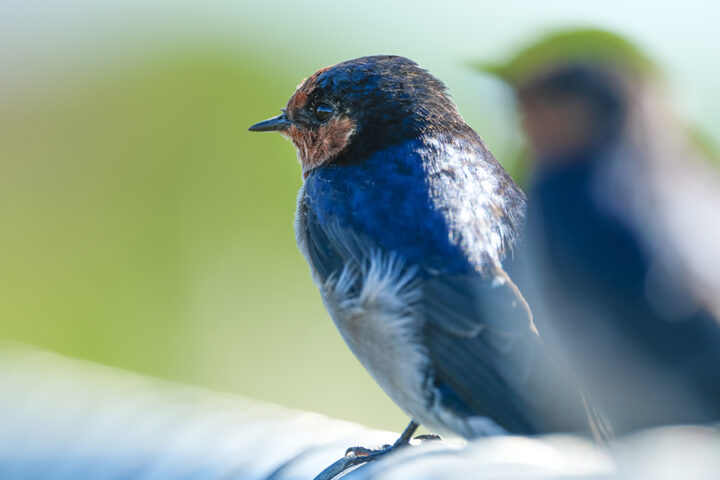
Both lenses are great for large insects/butterflies, reptiles, amphibians, birds and small mammals, but in my opinion, the 500mm produces more interesting/pleasing isolation than the zoom – it is really great for macro flower shots – better than a macro lens due to the telephoto perspective.
If you buy either lens, you may wonder which would be the best camera bag for you. Well, I reckon the best camera bag that will fit both lenses is the Lowepro Protactic 450 AWII. What makes this backpack so special is that as well as the conventional access through the surface that rests on your back, there is an opening on the top that allows you to quickly access these lenses and their attached body and grip quickly and easily. It is a bit like the bag has had a craniotomy. I use this bag, and can’t imagine a better, more protective one for this set up.
Whichever lens you decide on, if BIF is your thing, you’ll be shooting with pre-shot and/or up to 40 FPS. For this reason, you’ll need to employ a good quality CF Express B card. I’d recommend this over an SD card. I use a 128Gb and 512Gb card, although I’ve never filled one up as yet, shooting at high frame rates will generate 1000’s of frames for you to go through later in your edit process. I often come home after an hour or two’s photography with 20Gb of images to plough through.
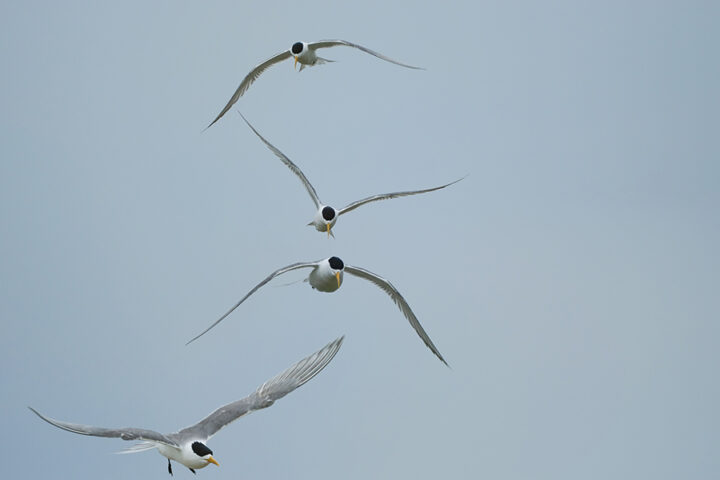
It’s important to remember that the lens output is not just dependent on optics, but on the effectiveness of the cameras autofocus algorithms. These are not bad for either of the X-H2 variants, but they can fail, particularly autofocus tracking. For the most part they work quite well though and it helps to calibrate settings and practise technique. I’ve optimised my settings which are now dialled in according to need via the custom button setting 1-7. Remember – a bad workman always blames his tools, so to excel at wildlife photography using Fuji gear, you need to practise and experiment. After a while you’ll be amazed at how good the images are that your Fuji kit can deliver.
If you can’t afford or justify both lenses, I’d probably recommend the 500mm prime – it is truly spectacular.
I hope you enjoyed this article, If you’re interested in other aspects of photography such as astro, travel, city lights etc have a look at my articles on my Equipment Reviews and Essays page.
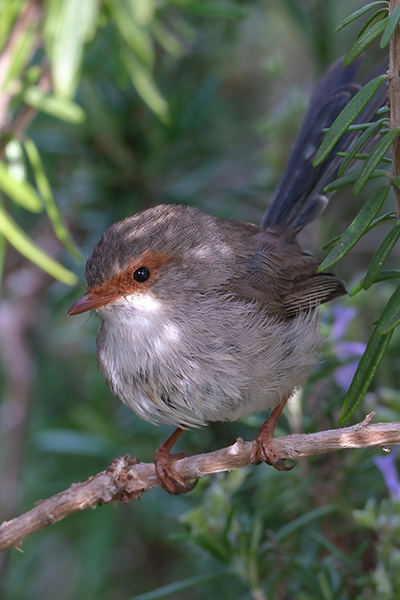
All images and words copyright Mark Lucock; No reproduction allowed without the author/photographer’s express permission.

